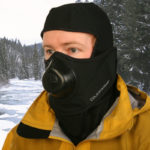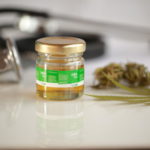The types of skin are normal, oily, dry and combination. They are determined according to the degree of oiliness or dryness we each have. Generally, skin type correlates with pore size.
To determine your skin type, wash your face and wait 30 minutes. Then, put a single piece of tissue paper against each area of your face: forehead, nose, chin, cheeks. Your oily areas will leave oil on the tissue paper.
Normal skin has an equal balance of water and oil, making it naturally well moisturized. The pores are medium-sized. When you pull the skin away from the bony structure, it springs back to normal position. Lines and wrinkles are appropriate for age.
Oily skin has a coarse texture. Usually oily areas tend to shine. Oily skin results from overactive oil glands; the oil helps retain dead skin cells in the hair follicles. Pores tend to be larger. The dead skin cells may darken with exposure to the air, forming blackheads. Often, individuals with oily skin have a tendency to develop acne in their teen and middle years, and overgrown oil glands, or sebaceous hyperplasia, in the middle and late years.
Dry skin has a rough texture and may become flaky. There are no shiny areas; in fact, the skin looks dull. Pores tend to be smaller because less oil is produced. Without adequate moisture, dry skin can easily become chapped. As dry skin ages, its more likely than other types to become wrinkly.
Combination skin is a mixture of dry and oily areas of differing degrees. Usually the T-zone — the forehead, nose and chin — is prone to oiliness, whereas the cheeks and neck tend to be dry. More people have combination skin than severely dry or oily skin.
How does your skin measure up? Determining your skin type first will save you lots of time in makeup choices.






